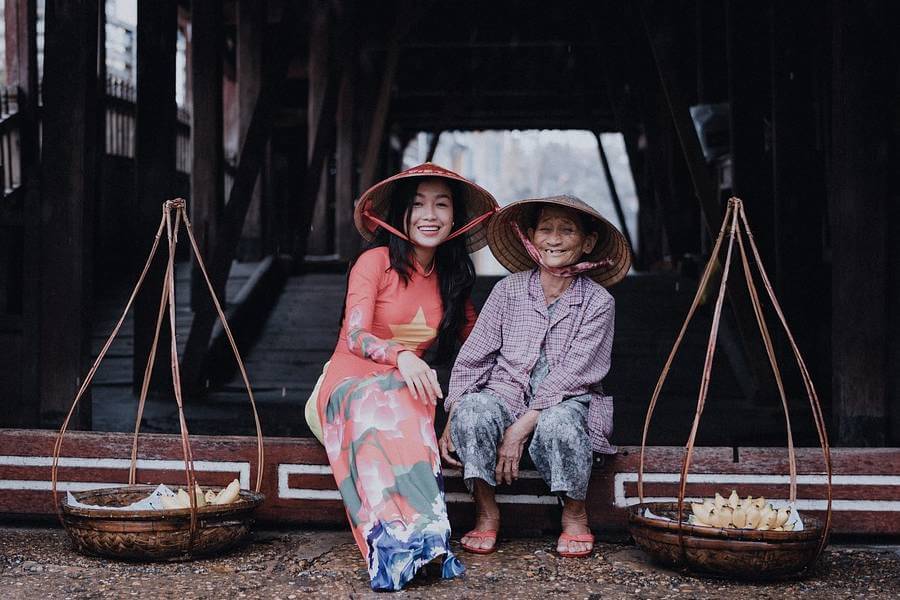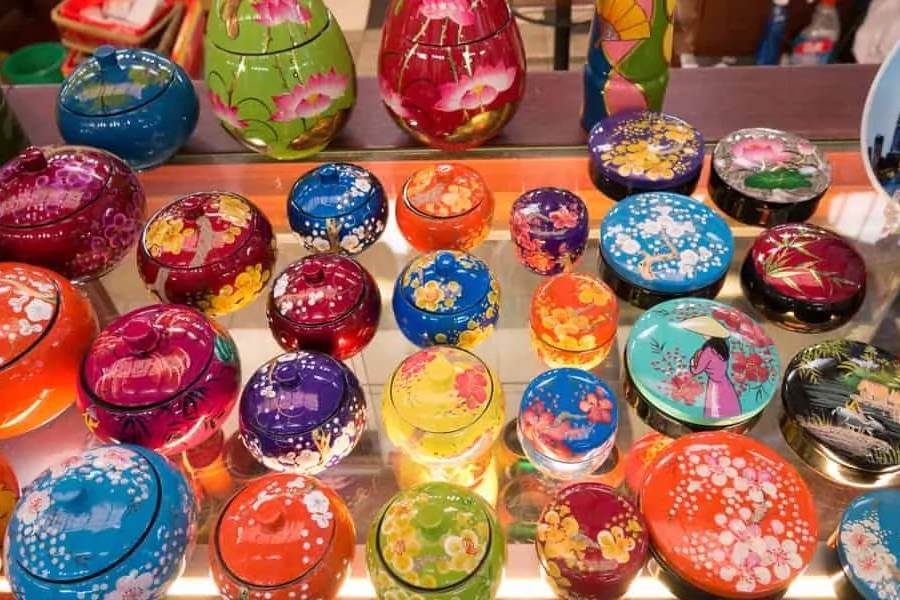Vietnam is a country with a rich cultural heritage, and its people place great importance on respect and etiquette. As a visitor to Vietnam, it is important to understand the various types of greetings and etiquettes that are practiced in order to show respect and establish positive relationships with locals. In this article, Viet Dan Travel – Vietnam DMC will guide you through the most important aspects of Vietnam’s greetings and etiquette.
Greetings in Vietnam
Vietnam has a wide range of greetings that are used in various social situations. One of the most common greetings is “xin chao,” which means “hello” or “good morning.” This greeting can be used in both formal and informal situations and is a great way to show respect and politeness to the person you are addressing.
Another common greeting in Vietnam is “tam biet,” which means “goodbye.” This is a respectful way to say goodbye to someone and can be used in both formal and informal situations. Additionally, when greeting someone in Vietnam, it is common to nod your head slightly or bow your head, especially if the person you are addressing is older or in a position of authority.
Etiquettes in Vietnam
Vietnamese culture places great importance on respect and etiquette, and there are several customs and practices that reflect this. One of the most important aspects of etiquette in Vietnam is the use of body language. For example, it is considered disrespectful to touch someone’s head, as the head is seen as a sacred part of the body. Similarly, it is considered impolite to point your feet toward someone, as the feet are seen as the lowest part of the body.
Additionally, it is important to show respect to those who are older or in a position of authority. This can be done by using honorific titles such as “anh” and “chi,” or by addressing someone by their proper title or name. It is also important to avoid confrontations or disagreements in public, as this can be seen as disrespectful and can damage relationships.
Gift-giving in Vietnamese culture
In Vietnamese culture, it is common to exchange small gifts as a gesture of goodwill and respect. These gifts can be simple items such as fruit, flowers, or small trinkets. When receiving or giving a gift, it is customary to use both hands, which is seen as a sign of respect.
Vietnam is a country with a unique culture and history, and its people place great emphasis on respect and etiquette. As a visitor to Vietnam, it is important to understand the various types of greetings and etiquettes that are practiced, in order to show respect and establish positive relationships with the locals. By following the tips and practices outlined in this article, you can show respect for the local customs and traditions, and have a more enjoyable and meaningful experience while visiting this beautiful country.




